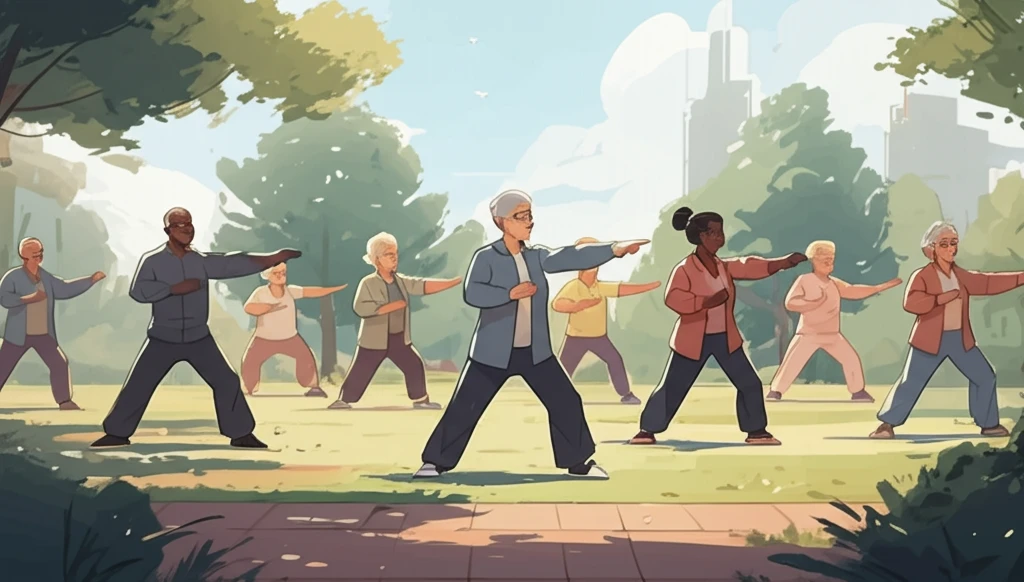
Stay on Your Feet: A Comprehensive Guide to Fall Prevention for Seniors
"Empowering older adults with practical strategies to minimize fall risks and maintain an active, independent lifestyle."
Falls are a significant health threat for older adults, often leading to injuries, reduced mobility, and a decline in overall quality of life. It's estimated that millions of seniors experience falls each year, and while not all result in serious harm, the potential consequences can be devastating.
This guide aims to provide a comprehensive overview of fall prevention strategies, empowering seniors and their caregivers with the knowledge and tools necessary to minimize risks. By understanding the contributing factors and implementing practical solutions, we can create a safer environment and promote an active, independent lifestyle for older adults.
While it's easy to associate falls with physical factors alone, the reality is often more complex. A combination of physical, psychological, and environmental elements can contribute to an increased risk. Addressing these factors holistically is key to effective fall prevention.
Understanding the Multifaceted Causes of Falls

Falls are rarely the result of a single cause. Instead, they typically arise from a combination of factors that can be broadly categorized as:
- Physical Risks: Reduced muscle strength, balance issues, vision impairment, chronic conditions.
- Medication Risks: Side effects from multiple medications.
- Psychological Risks: Fear of falling, anxiety, depression.
- Environmental Risks: Home hazards, poor lighting, uneven surfaces.
Empowering Seniors for a Safer Tomorrow
Fall prevention is not just about avoiding injuries; it's about empowering seniors to maintain their independence, confidence, and overall quality of life. By understanding the risk factors, implementing preventive measures, and fostering a supportive environment, we can help older adults stay on their feet and continue to enjoy active, fulfilling lives. Regular check-ups and proactive engagement with healthcare providers are crucial in identifying and addressing potential risks before they lead to falls. Embrace these strategies and take the first step towards a safer, more vibrant future for yourself or your loved ones.
